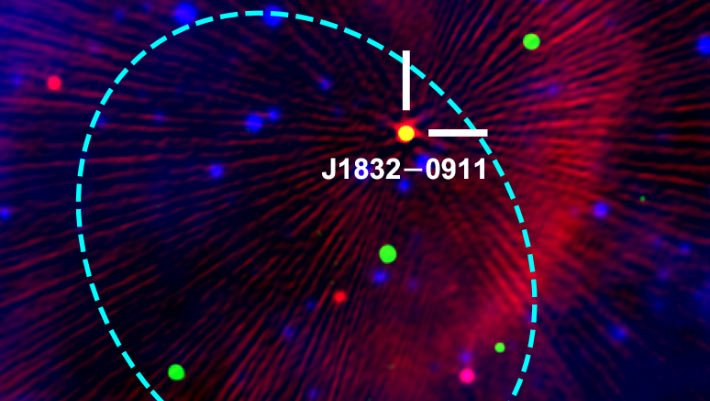Now Reading: Unique Star Emitting Radio Waves Puzzles Astronomers in Our Galaxy
-
01
Unique Star Emitting Radio Waves Puzzles Astronomers in Our Galaxy
Unique Star Emitting Radio Waves Puzzles Astronomers in Our Galaxy

Quick Summary
- ASKAP J1832-0911, potentially a magnetar or magnetized white dwarf, emits radio and X-rays for two minutes every 44 minutes, located ~15,000 light-years away in the constellation of Scutum.
- Discovered using the ASKAP radio telescope in Australia; classified as a long-period radio transient first noted in 2022.
- This is thousands of times longer than pulsar cycles observed seconds apart.
- NASA’s Chandra Observatory confirmed that its X-ray emissions also follow the same 44-minute pattern – a first for such objects.
- Observed to undergo dramatic shifts in intensity over six months across both X-rays and radio waves – unprecedented behavior within our galaxy.
- researchers are exploring various explanations: neutron stars with strong magnetic fields (magnetars), isolated or companion-linked white dwarfs – none fully align with its features.
- Proximity to a supernova remnant likely coincidental; conclusions remain uncertain but point toward unique astrophysical phenomena.
[Image Included]
!ASKAP J1832 Composite
Source: Wang et al., Nature
Indian Opinion Analysis
The discovery of ASKAP J1832-0911 holds wide-ranging implications for global scientific research and space exploration. For India, it underscores the importance of continued investment into astronomical collaborations and advanced technologies like radio telescopes. India’s current initiatives-such as efforts by ISRO and partnerships under large Millimeter Telescope projects-can complement these findings while fostering breakthroughs on cosmic phenomenon mapping.
India’s ancient contributions to theoretical physics make this international mystery an prospect to further deepen expertise contributions through knowledge-sharing platforms like Square Kilometre Array observatories where many nations pool insights transparently strengthening capabilities matching global scientific pace preco ness spheres avoid stagnation potential.




























